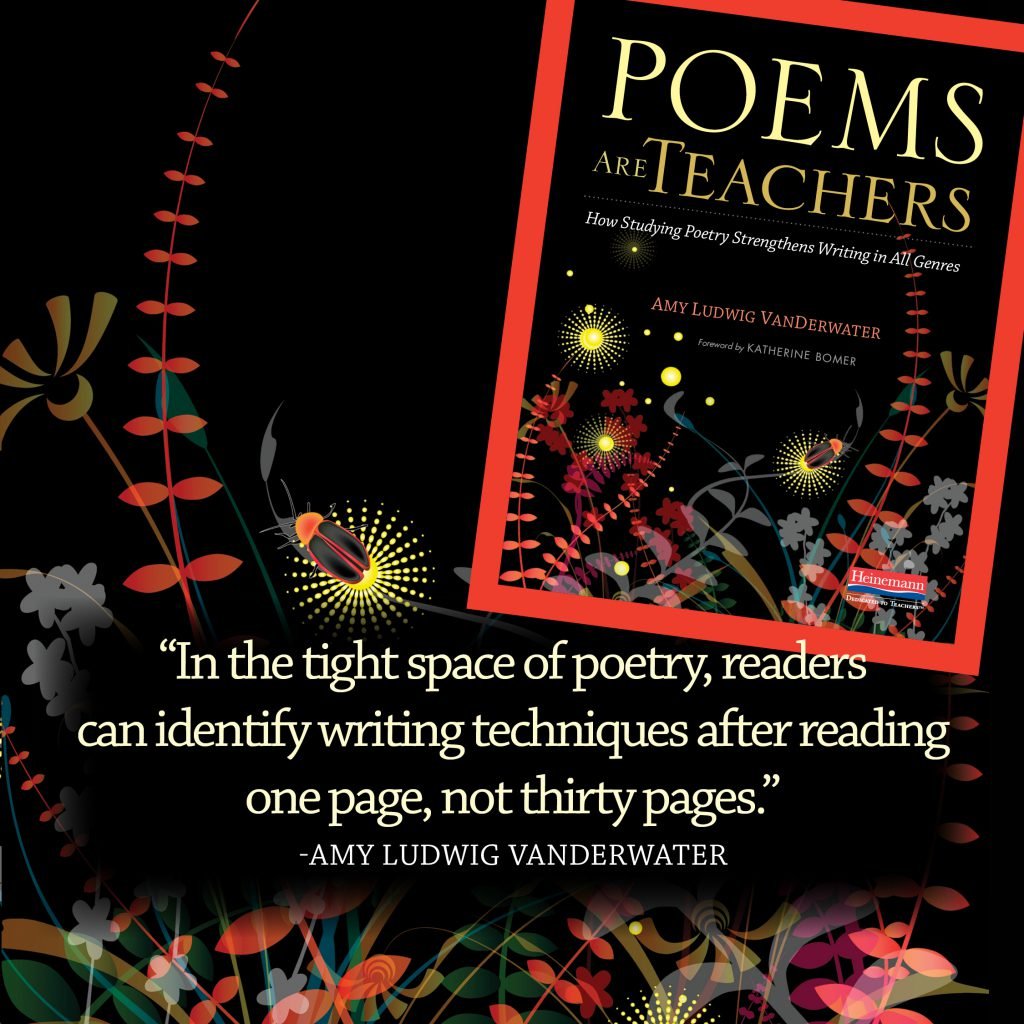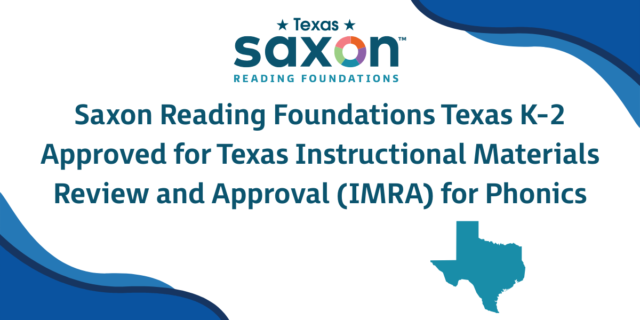
The following is adapted from Poems are Teachers: How Poetry Strengthens Writing in All Genres by Amy Ludwig VanDerwater
Many texts grow from idea-and-belief-soil. Writers write about what they believe is important, what they believe is wrong, what they long to preserve. Editorial writers, reviewers, and cartoonists lay their beliefs bare on newsprint, greeting sleepy morning readers with coffee and opinion: Where is the hottest new restaurant in town? For whom should I vote? What’s up with concussions in youth sports?
National Public Radio featured a show titled This I Believe for many years, and at the website thisibelieve.org, you will find hundreds of belief essays by people of all ages and walks of life, essays about everything from attending funerals to being kind to the pizza dude.
In her book Writing to Change the World (2007), Mary Pipher asserts, “Writers can inspire a kinder, fairer, more beautiful world, or incite selfishness, stereotyping, and violence. Writers can unite people or divide them”
When we write, we nudge change, and it is our responsibility to think about what kind of writing change agents we wish to be. Which beliefs do we hold dear enough to share?
Your students will feel comfortable writing about feelings and beliefs if your classroom is a safe place where you model being vulnerable. Wiping tears during a read-aloud and stopping to say, “Let’s take out our notebooks. I need to write,” shows how feelings overflow from hearts onto notebook pages.
To help students think about their beliefs and feelings, read poems and books and ask, “What do you think this poet feels? What do the author’s words make you believe?” Stop to write during a read-aloud or in the midst of a heated discussion. Read a quote or listen to a piece of music or share a statistic, and then write together: poetry, notebook entries, stories.
Or invite students to list feelings—happy, sad, fearful, embarrassed, furious, excited—and write from them. What beliefs do these feelings inspire? My feeling of peace while camping, for example, makes me believe that camping is mentally, spiritually, and physically healthy. I could write about that.
Offer questions that get at beliefs and feelings:
- What does this (story, quote, piece of art, song) lead you to feel? Believe?
- How are you different after reading/seeing this?
- What do you want to change in the world?
- For what are you grateful? Why?
- What do you believe is worth celebrating? Why?
- When do you feel most like you?
Regularly remind students that writing inspired by feelings and beliefs can nourish and impact readers—and our world.
• • •
A Few Poetry Collections Inspired by Feelings and Beliefs:
- Lend a Hand: Poems About Giving by John Frank
- Can I Touch Your Hair? Poems of Race, Mistakes, and Friendship by Irene Latham and Charles Waters
- Voice from Afar: Poems of Peace by Tony Johnston
- What the Heart Knows: Chants, Charms, and Blessings by Joyce Sidman
• • •
To learn more about helping students bring beliefs into writing with Poems are Teachers, and to download a sample chapter, visit Heinemann.com.
 Amy Ludwig VanDerwater is a former classroom teacher and author of children’s books including Forest Has a Song, Every Day Birds, and Read! Read! Read!. She is a graduate of Teachers College and co-author of Poetry: Big Thoughts in Small Packages, a part of the Calkins’ Units of Study in Opinion, Information, and Narrative Writing series. Connect with Amy at her popular blog, The Poem Farm, at amyludwigvanderwater.com, or on Twitter @amylvpoemfarm.
Amy Ludwig VanDerwater is a former classroom teacher and author of children’s books including Forest Has a Song, Every Day Birds, and Read! Read! Read!. She is a graduate of Teachers College and co-author of Poetry: Big Thoughts in Small Packages, a part of the Calkins’ Units of Study in Opinion, Information, and Narrative Writing series. Connect with Amy at her popular blog, The Poem Farm, at amyludwigvanderwater.com, or on Twitter @amylvpoemfarm.



